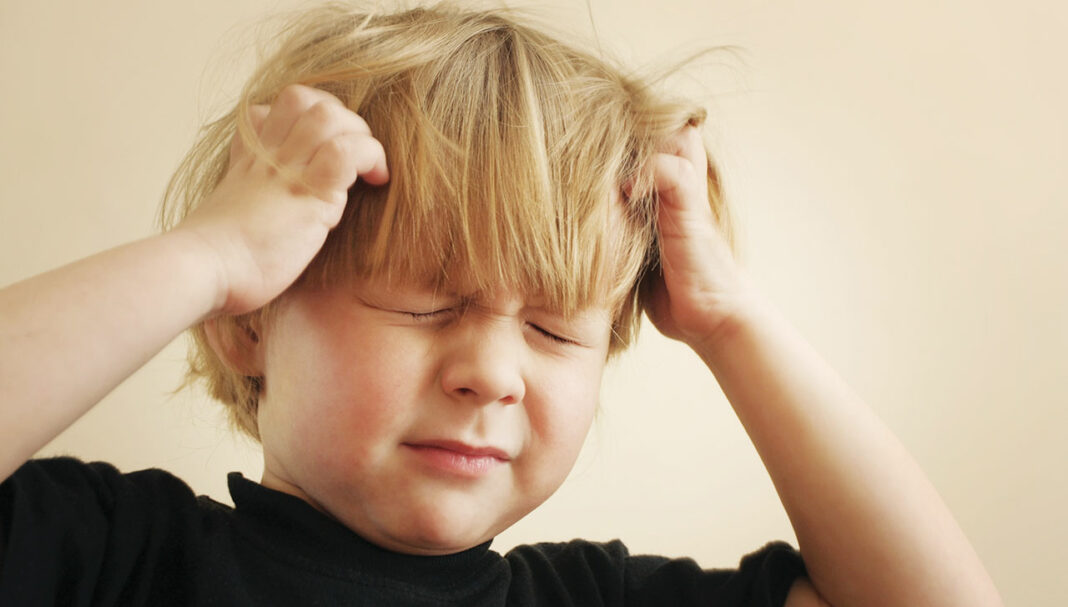Case scenario
Jane and her 5-year-old son visit the pharmacy. Jane believes her child has head lice for the first time and needs advice. You comb through the child’s hair using a fine-tooth comb and find moving lice. After confirming the child has no allergies, you recommend KP24 (malathion) lotion, which is a first-line treatment for head lice. You explain how to use the treatment: apply to dry hair, massage the lotion in for 6 minutes and leave it on the scalp for 30 minutes before washing. You advise Jane not to use hot tools while using this product (e.g. a blow dryer), as it is flammable. You emphasise that at least two applications are needed, at least 7–10 days apart. It should be followed up with daily wet combing to identify rema
THIS IS A CPD ARTICLE. YOU NEED TO BE A PSA MEMBER AND LOGGED IN TO READ MORE.















